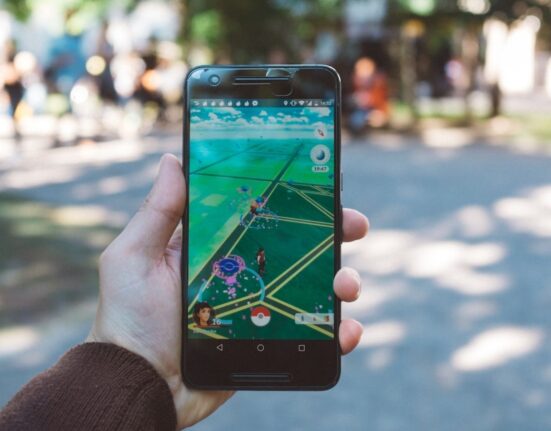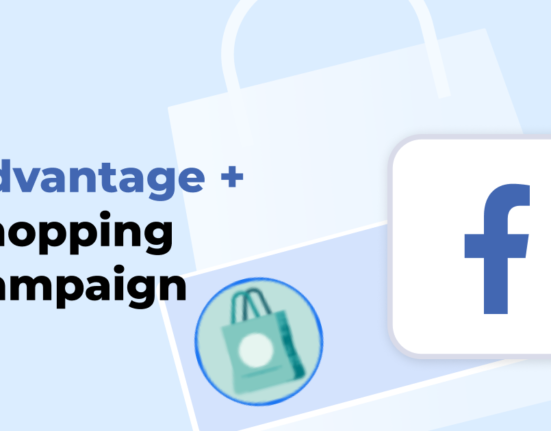In today’s digital age, marketers and consumers are heavily engaged with their devices, spending significant time on various platforms and apps. Understanding how marketers and consumers allocate their device usage can provide valuable insights for effective marketing strategies. In this article, we will explore three key aspects of device usage: social media consumption, app usage trends, and the rise of mobile gaming.
Social Media Consumption:
Social Media Platforms:
- Social media has become an integral part of people’s daily lives, offering marketers a vast landscape for engaging with their target audience. Platforms like Facebook, Instagram, Twitter, and LinkedIn remain popular among consumers, with each having its unique user base and content style. Marketers need to identify the platforms most relevant to their target audience to effectively engage and connect with them.
Influencer Marketing:
- The rise of influencer marketing has transformed the way brands promote their products or services. Consumers spend a significant amount of time on social media platforms, following and engaging with influencers who align with their interests. Marketers can leverage this trend by partnering with relevant influencers to reach a wider audience and tap into their followers’ trust and loyalty.
App Usage Trends:
Messaging and Communication Apps:
- Messaging apps, such as WhatsApp, Facebook Messenger, and WeChat, have gained immense popularity. Consumers rely on these apps not only for personal communication but also for engaging with brands and businesses. Marketers should consider incorporating messaging apps into their communication strategies to provide personalized experiences and facilitate customer interactions.
Video Streaming Apps:
- Video streaming apps, like Netflix, YouTube, and Amazon Prime Video, continue to dominate consumers’ app usage. People spend a significant amount of time watching videos, making it a prime opportunity for marketers to create engaging video content that aligns with their target audience’s interests.
The Rise of Mobile Gaming:
Mobile Gaming Market:
- Mobile gaming has experienced remarkable growth, attracting a diverse audience across different age groups. From casual games to immersive multiplayer experiences, mobile gaming provides an interactive and entertaining platform for consumers. Marketers can explore opportunities to engage with this captive audience through in-game advertising, partnerships with game developers, or branded content integration.
Gamification in Marketing:
- Gamification, the integration of game elements into non-game contexts, has become a popular strategy for marketers. By incorporating elements like challenges, rewards, and leaderboards, brands can create interactive experiences that capture consumers’ attention and encourage participation. Gamification can help drive engagement, increase brand loyalty, and even incentivize desired consumer behaviors.
Understanding how marketers and consumers spend time on devices is crucial for effective marketing strategies in today’s digital landscape. Social media consumption offers marketers a wide range of platforms to engage with their target audience and leverage influencer marketing. App usage trends highlight the importance of messaging and communication apps for personalized customer interactions, as well as the dominance of video streaming apps for video content consumption. Additionally, the rise of mobile gaming presents opportunities for marketers to tap into a highly engaged and diverse audience through in-game advertising and gamification strategies. By staying informed and adapting to evolving device usage patterns, marketers can effectively connect with consumers and build meaningful relationships in the digital realm.











Leave feedback about this